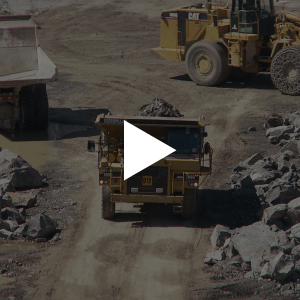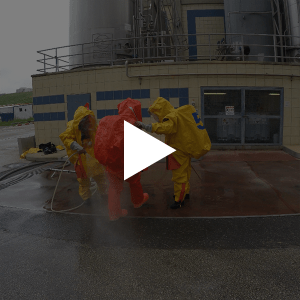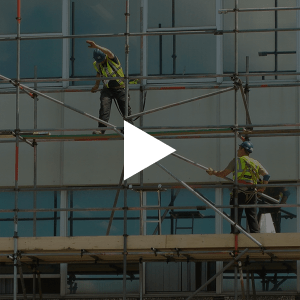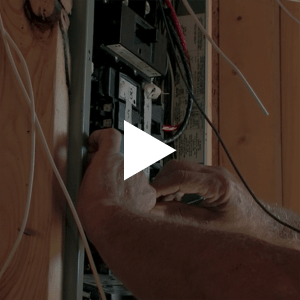1000 5th Ave, New York, NY 10028, United States
6th & Constitution Ave NW, Washington, DC 20565, United States
Don't Miss Out
Venue: 6th & Constitution Ave NW, Washington, DC 20565, United States
Seats Remaining: 9
Venue: 6th & Constitution Ave NW, Washington, DC 20565, United States
Seats Remaining: 5
Book Your Spot
www.csem.com offers the 40-hour Hazardous Waste Operations and Emergency Response (HAZWOPER) training. The Safety Training Class is designed to meet the initial training requirements detailed in 29 CFR 1910.120(e)(3) course for workers, supervisors and management who are on site only occasionally for a specific limited task (such as, but not limited to, ground water monitoring, land surveying or geophysical surveying) and who are unlikely to be exposed to hazards over permissible exposure limits or published exposure limits.
This course certification is also intended for workers who regularly work on sites that have been monitored and fully characterized, where hazard exposures are under permissible exposure limits and published exposure limits, respirators are not necessary and there is no health hazard or the possibility of an emergency.
This course may also be appropriate as it pertains to the OSHA determination matrix https://www.osha.gov/html/faq-hazwoper.html.
OSHA CFR 1910.120 Hazardous Waste Operations and Emergency Response training, HAZWOPER; Who is covered and what training do I need:https://www.osha.gov/html/faq-hazwoper.html; Safety training class Course break down as seen on the chart below:
Environmental
Workers who will be working on a designated hazardous waste site full-time.
40 hours a day 5 days a week.
2 Primary Responsibilities
Control internal Response Determine if outside help is needed
Workers who may because of their duties be on a hazardous waste site intermittently but not be assigned full time
Main Functions
Assist Incident Commander in: Sourcing, Accounting, Contacting, Coordinating
Workers who will be in charge of other workers on a hazardous waste site. This training is once in a life time but should be renewed no less than every three years to stay up to date on changes in the regulations.
Hazardous Materials Technician
24 hour
Four main skill sets:
- Chemical Protective
- Clothing Matrix
- Respiratory Protection
- Matrix Site Delineation
- Decontamination
Every year that a worker is to be expected to perform work on a hazardous waste site designated location, the employee must have a refresher of the 40 HAZWOPER.
Respond but in a defensive manner so as not to expose themselves or others. Keep unnecessary people out and perform any duty that can mitigate response levels needed.
First Responder Awareness Level(Links to our 8 hour refresher page)
4-8 hours
Evacuate and call Emergency Response team
OUTLINE:
A. Hazardous Waste Operations and Emergency Response Standard
- History
- Scope
- Review of requirements, employee rights, and employer responsibilities under HAZWOPER
B. Chemical and Physical Hazards
- Evaluate hazards of a chemical, based on their physical properties
- Overview of hazardous chemical reactions
- Discuss oxygen deficient atmospheres
- Overview of ionizing radiation
- Discuss biological hazards
C. Toxicology
- Discuss the dose response relationship
- Overview of exposure limits
- Discussion of the effects of exposure to toxic substances
- Examine the factors that may influence the response to a toxic exposure
ll. Proper use and selection of PPE
A. Respiratory Protection Principles
- Discuss types of airborne contaminants
- Overview of respiratory protection decision logic
- Review the requirements of respiratory protection programs
B. Air-Purifying Respirators
- Discuss the theory of operation of different types of APRs
- Discuss the limitations and advantages of different types of APRs
- Overview of fit testing
- Hands-on respiratory protection exercises with APRs
C. Self-Contained Breathing Apparatus (SCBA)
- Discuss theory of operation of the different types of SCBAs
- Discuss the limitations and advantages of different types of SCBAs
- Hands on exercises with SCBAs
D. Air-Line Respirators (ALR)
- Discuss situations when the airline would be used
- Discuss the requirements for air line systems
- Overview of the advantages and limitations of air line systems
E. Chemical Protective Clothing (PPE)
- Discuss criteria for selecting CPC
- Provide an overview of the types of personal protective equipment (PPE)
- Define the levels of protection employed during hazardous waste operations
- Review procedures for inspecting PPE
- Review procedures for storing PPE
F. Heat Stress
- Discuss the types of heat stress
- Discuss treatment of heat illnesses
- Overview of measures to protect workers from heat illnesses
G. Cold Illness
- Discuss the types of cold stress
- Discuss treatment of cold illnesses
- Overview of measures to protect workers from cold illnesses
III. Overview of Standard Operating Procedures (SOP’s) and Safe Work Practices (SWP’s)
A. Site Control
- Define work zones established during hazardous waste operations
- Discuss the “Buddy System”
- Discuss communication procedures
- Overview of standard operating procedures
- Discuss site security
B. Site Safety
- Discuss accident prevention
- Discussion of standard operating procedures to minimize contact with hazardous waste
- Review safe work practices on hazardous waste sites
- Review the requirements for a site safety program
C. Decontamination
- Discuss the reasons for decontamination
- Overview of the types of decontamination
- Review of personnel decontamination
- Review of equipment decontamination procedures
- Discuss emergency decontamination
IV. Use and imitations of air monitoring equipment
A. Air Monitoring
- Discuss the different types of air monitoring equipment
- Discuss the limitations and advantages of air monitoring equipment
- Overview of air monitoring program requirements
B. Drum and Container Handling
- Discuss procedures for inspecting drums
- Overview of procedures for the safe handling of drums
- Overview of drum over-packing
- Review procedures for staging and storage
- Overview of spill control procedures and equipment
- Discuss safe work practices for opening and sampling drums
- Discuss the hazards of shock sensitive waste and lab packs
- Overview of requirements for shipping hazardous waste
- Review miscellaneous hazards such as cylinders, ponds and lagoons
C. Site Characterization and Analysis
- Discuss site characterization requirements of 29 CFR 1910.120 (HAZWOPER)
D. Medical Surveillance
- Discuss when employees are covered by the medical surveillance requirements of 29 CFR 1910.120
- Discuss the frequency of medical exams
- Overview of the content of medical exams
- Review employee rights under the medical surveillance requirement of 29 CFR 1910.120
- Discuss recordkeeping requirements
E. Hazard Communication
- Overview of the background of the Hazard Communication Standard
- Discuss the requirements of a hazard communication program
- Permit Required Confined Spaces
- Discuss the background of the Confined Space Standard
- Discuss the applicability of the Confined Space Standard
- Overview of the requirements of the Confined Space Standard
- Review of Air Monitoring Lab
- Discuss problems encountered using monitoring equipment
- Review limitations of monitoring equipment
- Overview of measures to protect workers from cold illnesses
- Field Exercise Debriefing
- Review elements of and requirements for a Health and Safety Plan
- Discuss problems encountered using personal protective equipment
- Review procedures for personal decontamination


























